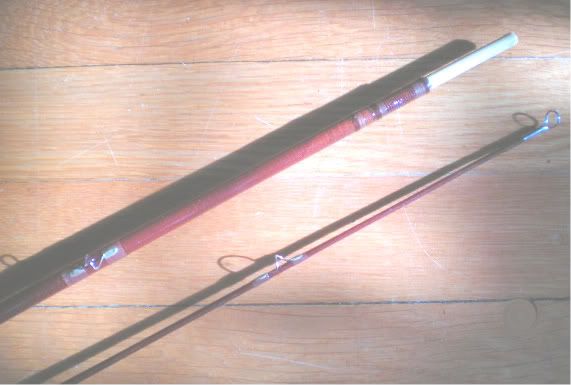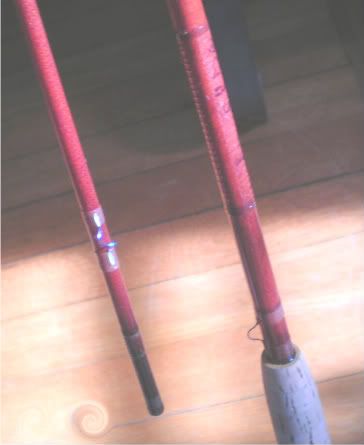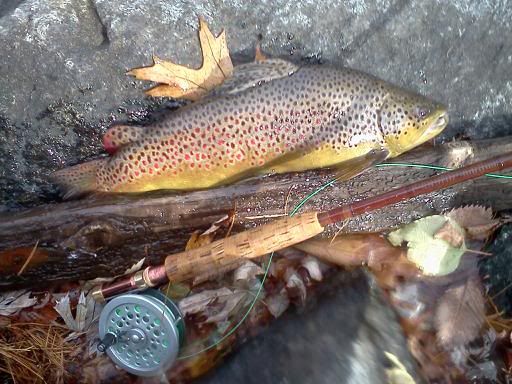During the 70's at Conolon we had a machine that would test the fatigue
characteristics of different resin impregnated glasses.
We would use the same blank for all these test.
It was the #10324, a 6 1/2 medium action blank as I recall.
Since Conolon was the largest manufacturer of rods at the time
the different impregnating houses would love to have sold to us
and were giving us sample materials all the time.
They would impregnate 1557 woven glass with the same resin
that they were supplying to the other rod manufacturers.
Remember now these tests were done many years ago and things
might have changed a lot since then in resins used today.
The rods made out of the Phenolic resin that we were using for our
rods at the time would cycle before breaking on an average of
about 10 times longer than the ones that were made out of
polyester resin. Just about all the manufacturers of rods
at the time as I remember, and my memory is not the greatest
now a days, were using polyester resin.
You could put colored pigment in the Polyester resin and only have
to put a clear coat on the rod after it was sanded. Before I
left Conolon to set up the Kunnan fishing rod factory.
I started experimenting with Epoxy resin on the 1557
glass. The epoxy resin glass out revolved the Phenolic resin glass
by 2-3 times on the fatigue machine.
So you might ask why didn't Conolon
start using the epoxy resin glass. It comes down to the dollar bill.
The area would have to be temperature controlled, the very
large conveyor oven would have to be revamped which would
have stopped production for maybe a month or more. The handling
of the epoxy material is a little harder to handle than that of the Phenolic
material. There are more concerning reasons also which I will not go
into at this time. When I set up the Kunnan factory, I had it set up for the use
of Epoxy resin in the glass. The graphite and boron materials
already had the epoxy resin which was a little different than the
epoxy used on the glass.
When ever we got a batch of Phenolic glass in,Conolon, which could be
40 or 50 large rolls, a random of 12 of the 10324 blanks would be
cut out of different rolls and tested on the fatigue machine
before the cloth would go into production.
Only twice over the 9 years that I was there did we have to reject
the shipment. The reason for that was the glass supplier to the
resin house forgot to put a sizing material on the glass that is used for
the Phenolic resin to adhere to.
First the blank is cut to length and a threaded fastener is
glued to the tip. The butt is secured into a chuck much like a large
drill chuck. The chuck is on a motor that has a counter on it.
After the butt is fastened to the chuck, the tip is then bent back
180 degrees and fastened to a bearing. The bearing is fastened to
a switch that will cause the power to shut off the motor and counter
when the blank breaks.







